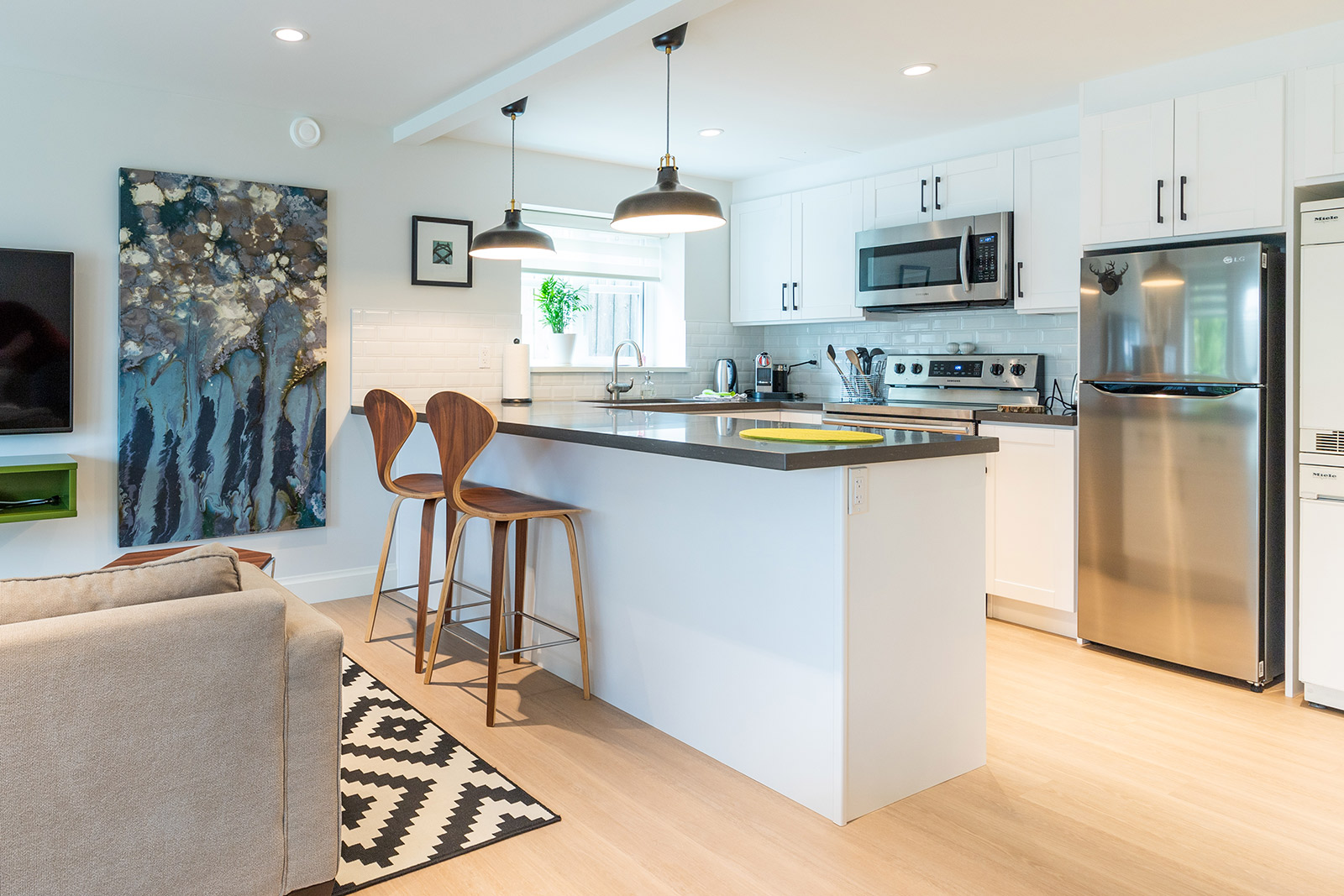
Designing a custom home is an exciting opportunity to create a space that perfectly suits your lifestyle, tastes, and needs. Builders and architects play a crucial role in turning your dream home into a reality. Here, we gather expert tips from professionals in the field to guide you through the process of custom home design.
Understanding Your Needs and Preferences
Before embarking on the journey of custom home design, it is essential to have a clear understanding of your needs and preferences. This will serve as the foundation for creating a home that is truly tailored to you.
Key considerations include:
- How many bedrooms and bathrooms do you need?
- What type of living spaces are important to you (e.g., open-concept, formal dining room)?
- Do you have any specific design styles or architectural preferences?
- Are there any special features or amenities you want to incorporate (e.g., home office, outdoor kitchen)?
Collaborating with Builders and Architects
Building a custom home requires a collaborative effort between you, the homeowner, and the professionals who will bring your vision to life. Builders and architects bring their expertise to the table to ensure that your home is not only beautiful but also structurally sound and functional.
Expert tips for collaboration:
- Communicate openly and clearly about your expectations and budget constraints.
- Stay involved in the design process and provide feedback along the way.
- Trust the expertise of your builders and architects while also advocating for your needs.
- Be prepared to make decisions promptly to keep the project on track.
Embracing Creativity and Innovation
Custom home design offers the opportunity to explore creative and innovative ideas that you may not find in standard home models. Builders and architects can help you push the boundaries of traditional design to create a unique and personalized living space.
Ways to embrace creativity:
- Consider unconventional layouts or room configurations that reflect your lifestyle.
- Explore sustainable building practices and eco-friendly design elements.
- Incorporate smart home technology for convenience and energy efficiency.
- Experiment with materials, textures, and finishes to add visual interest to your home.
Ensuring Functionality and Longevity
While creativity is important in custom home design, functionality and longevity should not be overlooked. A well-designed home should not only look good but also serve the practical needs of your family and stand the test of time.
Tips for ensuring functionality and longevity:
- Design with future needs in mind, such as aging in place or accommodating growing children.
- Choose durable materials that are low-maintenance and built to last.
- Optimize natural light and ventilation for a healthier and more energy-efficient home.
- Invest in quality craftsmanship and construction to avoid costly repairs down the line.
Personalizing Your Space
One of the most rewarding aspects of custom home design is the ability to personalize every aspect of your space. From choosing finishes and fixtures to selecting the perfect paint colors, every decision you make contributes to the overall look and feel of your home.
Ways to personalize your space:
- Create a design mood board to gather inspiration and visualize your design preferences.
- Work with your builders and architects to customize features that reflect your personality.
- Add personal touches such as family photos, artwork, or heirloom furniture to make your home truly yours.
- Consider incorporating unique architectural elements or custom-built pieces for a one-of-a-kind look.
Maintaining Open Communication
Effective communication is key to a successful custom home design project. Builders, architects, and homeowners should maintain open lines of communication to ensure that everyone is on the same page and that any challenges are addressed promptly.
Tips for maintaining open communication:
- Schedule regular check-ins with your design team to discuss progress and address any concerns.
- Ask questions if you are unsure about any aspect of the design or construction process.
- Be open to feedback and be willing to make adjustments as needed to achieve the desired outcome.
- Establish a clear timeline and budget to keep the project on track and avoid misunderstandings.
Designing a custom home is a collaborative and creative process that requires careful planning and attention to detail. By following these expert tips from builders and architects, you can create a home that not only meets your needs but also reflects your unique style and personality.
